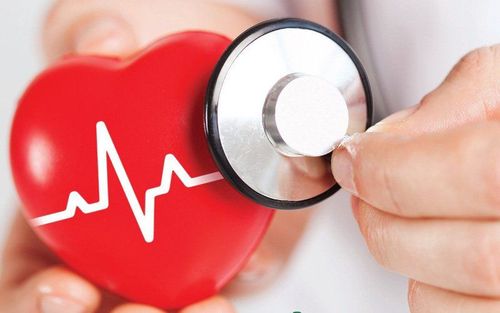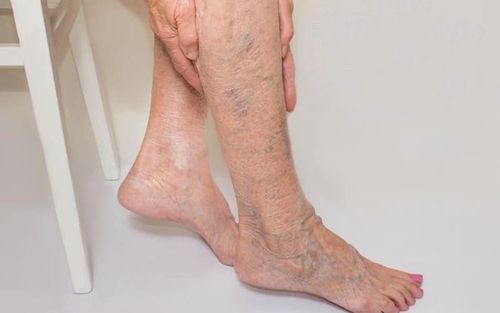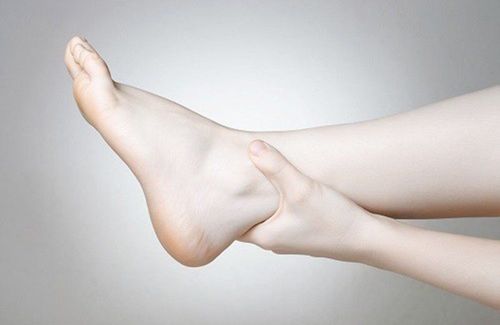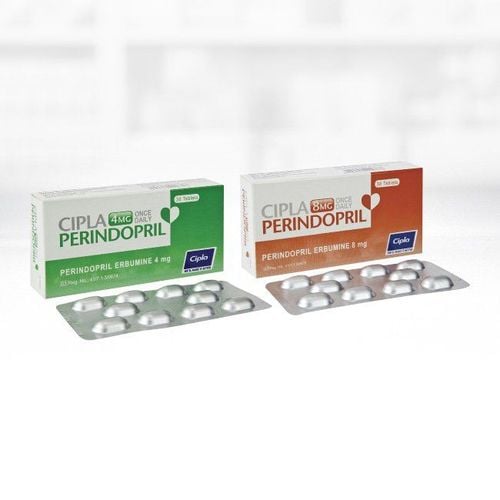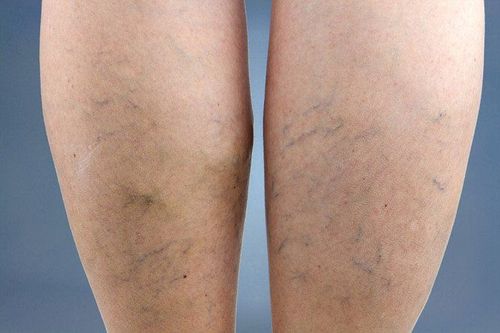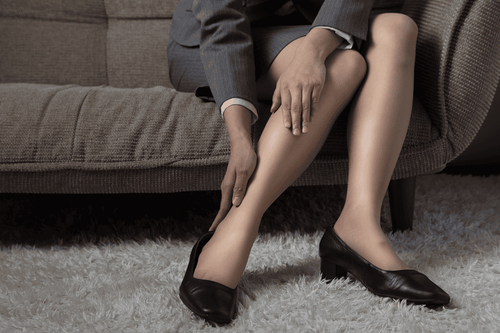This is an automatically translated article.
Leg swelling when standing for a long time can be a vascular disease that is common in people who work sedently, sit in one place, or stand for a long time. The effect of gravity along with lack of exercise causes blood flow to stagnate in the legs and not return to the heart, which is why people with varicose veins of the legs also often have swelling around the ankles.
1. Swollen feet is what disease?
Leg edema is a condition of swollen legs due to water escaping from the blood vessels to stagnate in the intercellular space causing edema. Edema of the legs is caused by many causes including: Edema due to cardiovascular diseases is usually right heart failure leading to stagnation of circulation in the venous system, increasing pressure in the venous lumen, causing water in the veins to escape. extracellular space causing edema. Edema due to kidney diseases. Kidney disease can cause protein loss that causes edema. Edema can also be a symptom of liver disease. Cirrhosis reduces the liver's ability to produce albumin, leading to edema due to decreased colloidal pressure. Other causes of leg edema are: pregnancy, embolism, lymphedema,... Swollen feet when standing for a long time can be Vascular disease is common in people who work sedently, sit in one place, or stand for a long time. The effect of gravity along with lack of exercise causes blood flow to stagnate in the legs and not return to the heart, which is why people with varicose veins of the legs also often have swelling around the ankles.
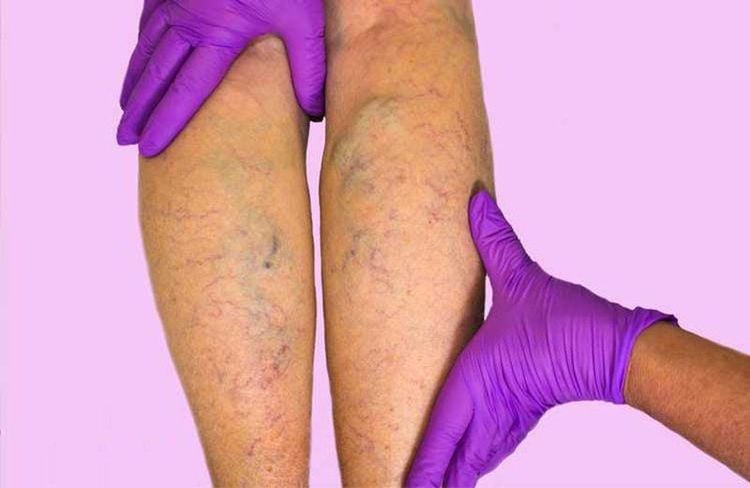
Phù chân cũng có thể là do bệnh giãn tĩnh mạch
2. Learn about vascular disease that causes leg swelling when standing for a long time: Varicose veins of the lower extremities
Varicose veins of the lower extremities is a decline in the function of the veins of the lower extremities, reducing the ability to return blood to the heart, leading to blood stagnation in the legs, which will cause hemodynamic changes and tissue deformation. surrounding tissue. The disease manifests as aches and pains, heavy legs, leg edema, paresthesia, crawling ants, night cramps, loss of aesthetics... can lead to difficult-to-treat complications such as eczema, foot ulcers that do not heal. , bleeding, enlarged superficial veins, superficial thrombophlebitis, deep vein thrombosis ... Causes of varicose veins in the lower extremities. The disease is common in women due to the influence of female hormones, pregnancy on venous walls, occupations requiring long standing such as sales, teachers, etc. There are a number of risk factors due to functional damage to One-way valves of the venous system include: Working posture requires standing and sitting in one place for a long time, sedentary, often having to carry heavy loads... causing the blood to be pumped to the legs a lot, increasing venous pressure, for a long time. day will damage the one-way venous valves leading to blood stasis in the legs.

Đứng lâu một tư thế dẫn đến ứ máu ở hai chân
Working in a humid environment is also a factor that aggravates the disease, multiple pregnancies, obesity, and a diet low in fiber and vitamins also make the disease worse. The elderly are prone to varicose veins. Symptoms of the disease In the early stages, patients often have leg pain, leg pain, leg fatigue, mild edema when standing for a long time, sitting for a long time, cramps in the evening, feeling of needles, and feel like ants crawling at night. The symptoms usually disappear at rest, the veins in the extremities are not dilated much, sometimes dilated, sometimes not, so the patient pays little attention and is easy to ignore. In advanced stages, swelling may occur in the ankles or feet. The lower leg area appears to change skin color due to dystrophy. The veins swell, causing a feeling of heaviness in the legs, blood escapes out of the vessels, causing leg swelling. This phenomenon does not go away with rest, in more severe cases, you can see swollen veins clearly floating on the skin on a regular basis, bruises on the skin... Stage of complications, causing superficial phlebitis thrombosis (complications of superficial thrombophlebitis are proximal deep vein thrombosis, distal deep vein thrombosis and pulmonary embolism), heavy bleeding due to varicose veins, bacterial ulceration of chronic venous insufficiency.
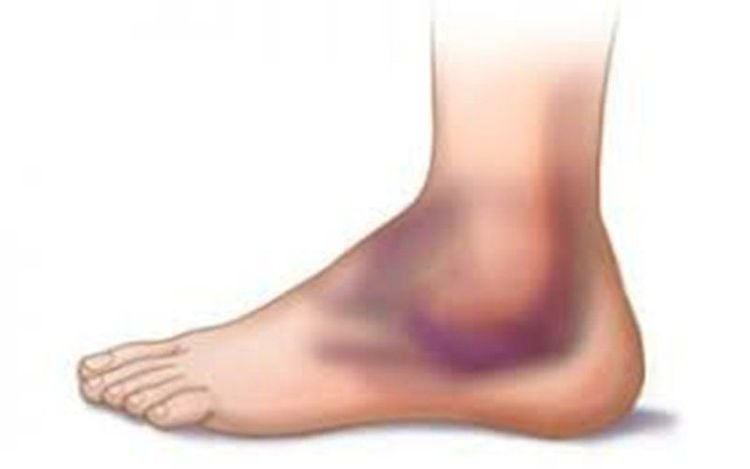
Giãn vỡ tĩnh mạch khiến chảy máu nặng vùng mắt cá
Clinical examination
Manifestations of leg edema Palpate to assess firmness in the lower extremity, the important calf is the calf. Immediately see the zigzag veins under the skin. Skin changes such as eczema, skin ulceration due to skin hypotrophy, necrosis of skin tissues Percussion test identifies saphenous valve insufficiency. Cough test: Identify saphenous-femoral venous insufficiency. Trendelenburg test: identify perforated venous valve failure, great saphenous vein.
3. How to detect the disease early?
In the early stages, there are silent manifestations, very difficult to detect, feeling like standing for a long time, tired of legs, heavy legs. In the afternoon, there are symptoms such as leg swelling. At night, there will be symptoms such as cramps, restless legs. At the same time, see the zigzag, blue, purple veins under the skin. There may be color changes in the skin due to skin metamorphosis, eczema, skin ulcers.
The above symptoms signal varicose veins of the legs.
Customers can directly go to Vinmec Health system nationwide to visit or contact the hotline here for support.




